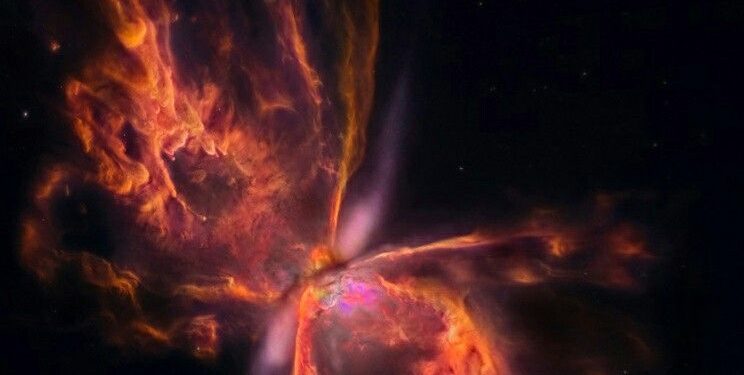
The Magnificent Butterfly Nebula: A Celestial Wonder
The Butterfly Nebula (also known as NGC 6302) is a planetary nebula located in the constellation Scorpius, about 3,800 light-years away from Earth. It was discovered by the English astronomer John Frederick William Herschel in 1835.
The nebula is named after its distinctive shape, which resembles a butterfly with its wings outstretched. It is formed by the expanding gas and dust ejected from a dying star that has exhausted its nuclear fuel and collapsed into a white dwarf. The intense ultraviolet radiation emitted by the hot central star ionizes the surrounding gas, causing it to glow brightly in various colors.
The Butterfly Nebula is one of the most studied and photographed planetary nebulae in the sky, and has revealed many interesting features, including a central region that appears to be a binary star system, a complex network of filaments and knots, and a symmetrical structure that suggests it was shaped by powerful stellar winds. The nebula is also a source of X-ray and radio emissions, indicating the presence of a hot, energetic region at its center.
Advertisements
11 April 2023
Advertisements



